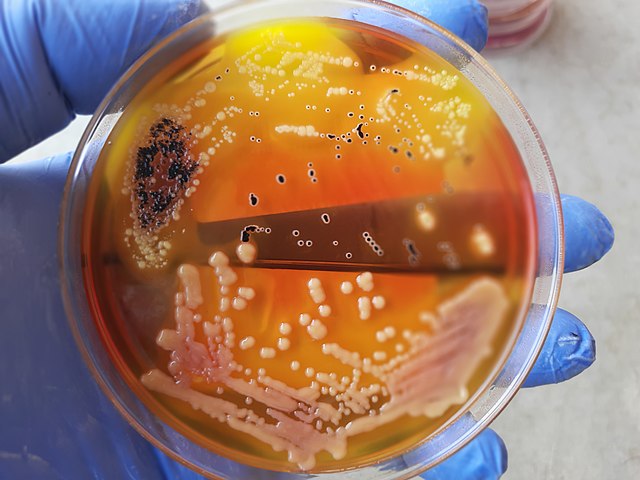Project will address an urgent need for field-based detection tools for harmful invasive microbes and work with end- users to develop, validate, and deploy three practical and reliable LAMP assays.
Quickly detecting harmful microbes can be challenging due to methods that are either not very sensitive or require complex laboratory setups. To overcome these challenges, this MAISRC research team is working on creating a molecular tool that can detect DNA and RNA in the environment with high sensitivity, using a method called Loop-mediated Isothermal Amplification (LAMP). After consulting with users, the team has identified three priority microbes for this tool: viral hemorrhagic septicemia virus (VHSV), largemouth bass virus (LMBV), and Didymosphenia geminata (Didymo).
The goal of this project is to validate and test new assays for each microbe, as well as to enhance management capabilities for ongoing surveillance efforts. Initially, the team will optimize lyophilized LAMP assays for VHSV and LMBV, and develop them for Didymo. These assays will then be tested in laboratory conditions to ensure they are specific and sensitive enough. Once validated, the assays will be deployed in the field, testing known-positive locations in Minnesota for LMBV and Didymo, and virus-exposed fish in the lab for VHSV. The team will collaborate with management partners during field testing to assess the practicality and usability of the LAMP assays, and will work on capacity building through standardized operating procedures (SOPs).
Project update:
The research team developed new tests for detecting LMBV and VHSV viruses, as the existing ones weren't effective for strains found in Minnesota. These new assays proved successful when tested on viral extracts. During a recent trip to the North Shore, they gathered samples of Didymosphenia geminata (Didymo), a type of algae. However, since there's no available reference sequence data, they're collaborating with an ongoing project at the Science Museum of Minnesota to obtain tissue samples. Once obtained, these samples will be sequenced and used to design an assay for Didymo.
Although the need for new assays caused a delay, the successful development of these tests ensures the project will still meet its deadline. They anticipate having assays ready for field use within the next six months. Next steps in this project involve field and laboratory experiments, which are progressing as scheduled for spring 2024.

